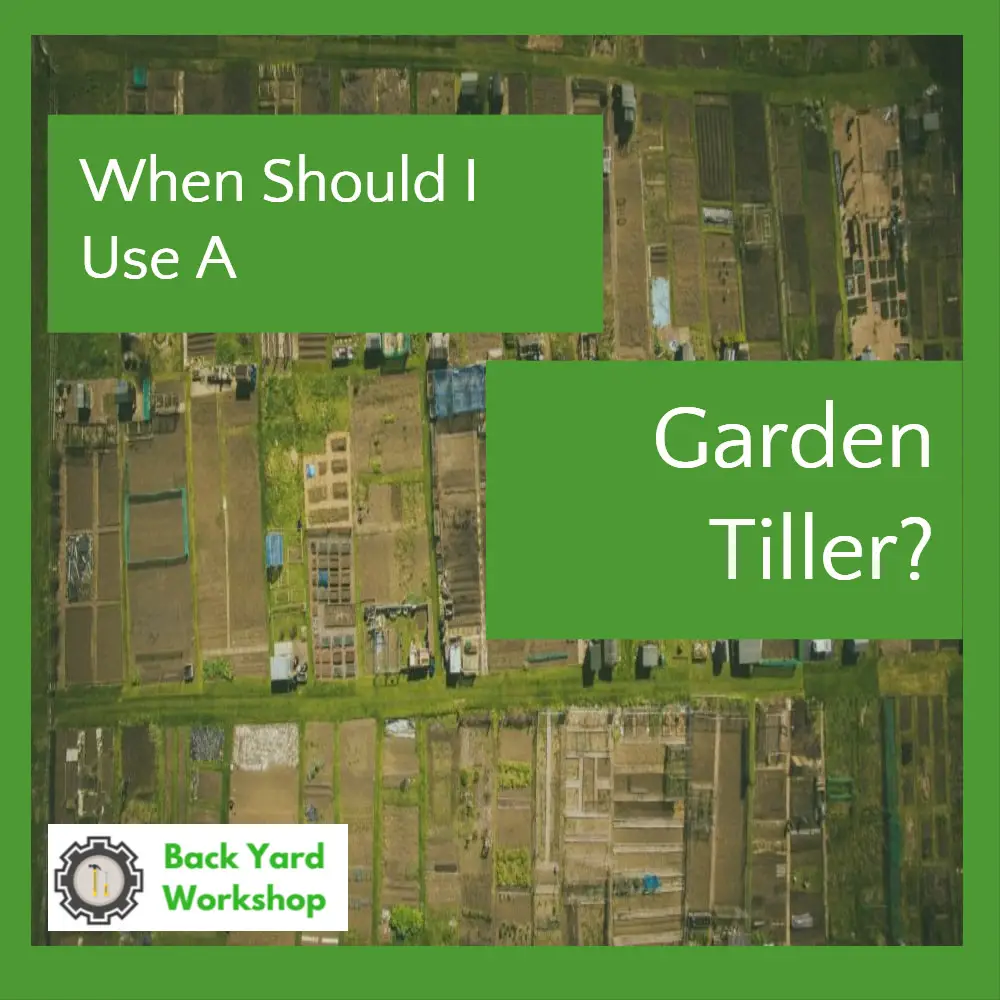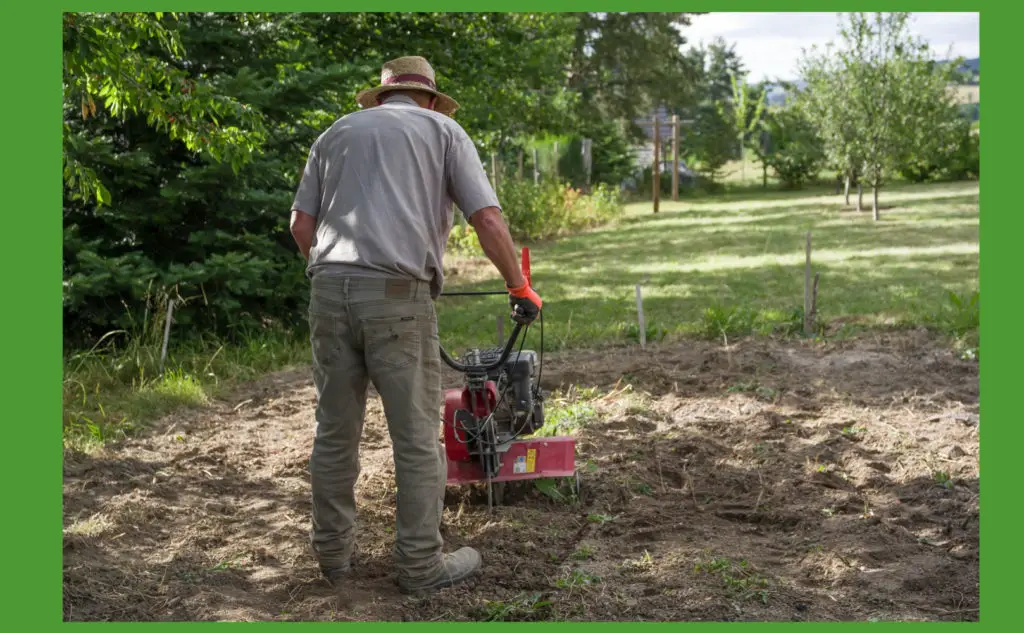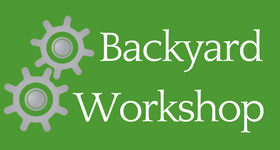When Should I Use A Garden Tiller?

What is the best piece of equipment to use when leveling the ground for a new garden plot? Do you use a garden tiller or a cultivator? Can these garden machines break rocky, hard and compact soil, and when is the best time to use it to loosen the soil and prepare the soil for gardening and planting? In this article, you may find the answer to these questions.
When To Use A Garden Tiller To Till Your Garden
The two best times of year to use garden tillers are during Autumn and Spring. Most people recommend tilling in the Spring solely because they are looking at soil temperature. You want to soil temp to be warm and the ground to be dry. In some places, this means Spring.
However, you can till in the fall as well – especially if you are working a new plot of land. Tilling the ground in Autumn allows the soil to settle and nutrients to work their way into the dirt. Just make sure you don’t wait too long or till during the rainy season.
Avoid Over-tilling – Look How The Soil Crumbles
Avoid using a tiller on wet ground; it may form large clusters of compact soil or dirt clods instead of loose soil for planting. Compacted soil is a problem especially in existing gardens. If you plan a new garden bed, make sure the soil is not wet nor too dry when working during Spring tilling. The test is if the garden soil crumbles when squeezed. Prepare the ground by watering it with a sprinkler or hose a few days before you want to till or starting tilling about two days after it rained.
How To Use A Garden Tiller
If it is a new garden tiller, read the instruction and service manual. Take note of the manufacturer’s recommendations, tips, and safety features. Familiarize yourself with the different parts of operating the equipment so that it lasts a long time. You don’t want to burn out a motor on your power tiller just from missing an easy-to-do bit of maintenance.
Always wear protective gear – including long sleeves to protect the arms, long pants for the legs, and goggles for eye protection – when using a tiller. Seriously-don’t forget to wear eye protection! You never know what can be thrown out of the hard ground that might come near your face.
Although garden tillers can handle small weeds, it is good practice to remove larger weeds, unwanted vegetation, stones, and debris before tilling the soil. Make sure you know where the utility lines run in your garden to avoid damaging these lines when tilling.
After clearing the soil, decide the best depth regulator settings for the type of soil. A shallow depth regulator setting is best for compact ground, whereas a medium setting works for softer soil. Do not dig too deep on the first pass; use the depth regulator for the right setting. Instead of one deep tilling pass, rather do two passes in different directions for compact or untilled ground.

Remember, these are powerful machines. The operator needs to steer the tiller in a straight line; the tiller propels itself forward. Continue making passes until the soil is broken up to 8 inches deep. This would be a good time to introduce some organic matter to the soil as well if you were planning to do so.
What Are The Differences Between Garden Tillers And Cultivators?
The main difference between the best garden tiller and a garden cultivator is that a tiller breaks up hard pieces of ground, whereas a cultivator mixes loose soil after it was tilled.
You should use a garden tiller to install a new garden plot for vegetation, break ground that is compact and rigid, or loosen rocky soil.
Cultivators are used to cultivating or mixing the soil with potting soil or work in compost or fertilizer into the ground. You may use a garden cultivator to contain and break up grasses and small weeds.
Should You Till Your Garden Every Year?
Tilling loosens and prepares the soil, but it may also destroy soil structure and increase compaction. Traditionally, gardeners would till their garden every year, but some feel it may do more damage than good. The best practice is to till your ground when it requires tilling and preferably during the autumn season, so the soil gets time to rest for the planting and vegetation growth in Spring and summer.
What Is The Difference Between A Front Tine and A Rear Tine Tillers?
There are different types of tillers based on the design of the motorized machine. Generally we put the devices into one of two tiller categories.
A front tine tiller is lighter, smaller, and often less expensive. You’ll usually find front tine tillers in backyard tillers. The tines, situated at the front of the engine, pull the tiller forward. The tines do the work; the wheels keep the rototiller steady. With front tines, the tiller is more comfortable to maneuver and steer, making it perfect for tight corners in small to medium gardens.
While not as powerful, front tine tillers can handle regular soil. They make good garden tillers.
A rear tine tiller is for more heavy-duty tilling or large gardens; landscapers may prefer using these powerful engines. The rear tine tillers have tines work independently from the wheels. The tines can work to a deeper depth, and most have a depth adjustor as well.
Battery-operated and electric corded tillers are ideal for small gardens, whereas the gas-operated tillers have more power for more challenging surfaces and more extensive grounds. If you aren’t interested in changing a spark plug or making sure there’s gas, the lower maintenance electric rototillers could be the best choice.
Whether your entire garden is small or you have acres of land, garden tillers help prepare the soil for a new vegetable, flower, or garden bed. It breaks hard and compact ground, loosens the soil, and aerates the ground to help create rich soil.
However, too much tilling may damage the soil in the long run. Paradoxically, you can end up with soil compaction from too much tilling. Therefore, it is best to till the soil when needed, and not as a routine yearly chore.

